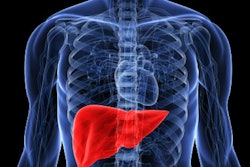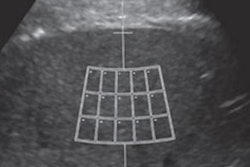
Abdominal CT and ultrasound can be useful tools for opportunistic screening for hepatic steatosis, or fatty liver disease, according to a study published May 24 in the Journal of the American College of Radiology.
Hepatic steatosis is a common incidental finding on abdominal imaging, a group led by Dr. Rubal Penna of Virginia Mason Medical Center in Seattle noted. But it's not always taken seriously, despite the fact that it is associated with liver disease, cirrhosis, and diabetes.
In the new study, Penna's group explored whether adding a standardized note regarding incidentally identified hepatic steatosis to a patient's radiology report would not only help referring clinicians follow up but also identify significant disease.
The study included 1,256 patients who underwent either CT or ultrasound and whose reports included a note about the presence of hepatic steatosis between April 2016 and September 2017. The researchers assessed whether any follow-up clinical action had been taken in response, tracking patient demographics, type of referring provider, and urgency of exam results.
Follow-up was more likely for patients whose exams had been ordered by primary care providers, whose exam results weren't urgent, and who had undergone ultrasound. Follow-up of the study cohort found fatty liver disease in 70%, nonalcoholic steatohepatitis in 6%, and alcoholic hepatitis in 17%.
"Opportunistic screening for incidental hepatic steatosis on abdominal CT and ultrasound is feasible, with substantial yield for patients with clinically important entities including nonalcoholic fatty liver disease and nonalcoholic steatohepatitis," the team concluded.




















